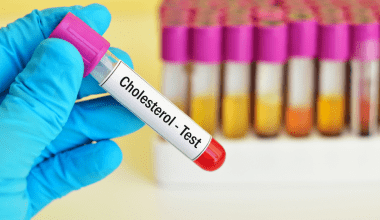A number of years ago, I recall experiencing a headache behind my eyes which wouldn’t completely go away, even with 3 Advils a day. Though I was reminded by my wife that I should see my doctor, I decided to tough it out, even though I was experiencing symptoms of an impending stroke.
Experiencing a Stroke
Nearly a week later, with little to no improvement on the headaches, I was out for a business lunch. I arrived at the restaurant, approached the host to see if the other party had arrived, and when I started to speak, the only words coming out of my mouth were what sounded like a baby babbling. I couldn’t form a proper word. It was surreal.
What followed was an out of body experience, as if I was watching and listening to someone else in utter disbelief. I also felt my arm go numb. I sat down at a bench and regained my composure. The whole episode couldn’t have been more than 20 seconds, but it was obvious what was happening. I was having a stroke. The host, who was now watching my every word, called 911.

“I should have” and “I could have” are phrases that many of us have used to express our regret at not having consulted a doctor sooner. In my case, I should have seen the doctor immediately, when the headaches persisted.
Heart and Stroke Canada offers the acronym FAST in hopes of assisting people to recognize stroke symptoms:
Face. Is it drooping?
Arms. Can you raise both?
Speech. Is it slurred or jumbled?
Time. To call 9-1-1 right away
Stroke Symptoms
Researchers concluded that 43% of stroke patients experienced warning signs a full week before experiencing the event. Persistent headaches, numbness or tingling are just a few of the symptoms that may present themselves days before an actual stroke takes place. If any of these symptoms appear, you should proceed immediately to the emergency ward of your nearest hospital.
According to The Heart and Stroke Foundation of Canada, a stroke occurs when blood stops flowing to any part of your brain, damaging brain cells. Stroke outcome depends on the part of the brain that was damaged and the amount of damage done. Strokes will vary in their severity, and in some cases will result in long-term disability or death. 89,000 Canadians suffer a stroke each year.
Act fast. Lifesaving treatment begins the moment you call 9-1-1.
Watch the video below to see what a stroke can look like to others.
The information provided on TheHealthInsider.ca is for educational purposes only and does not substitute for professional medical advice. TheHealthInsider.ca advises consulting a medical professional or healthcare provider when seeking medical advice, diagnoses, or treatment.











